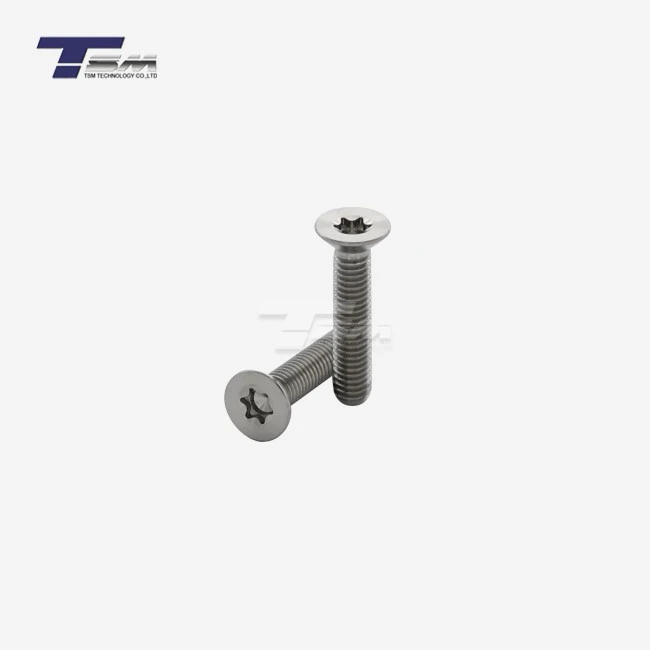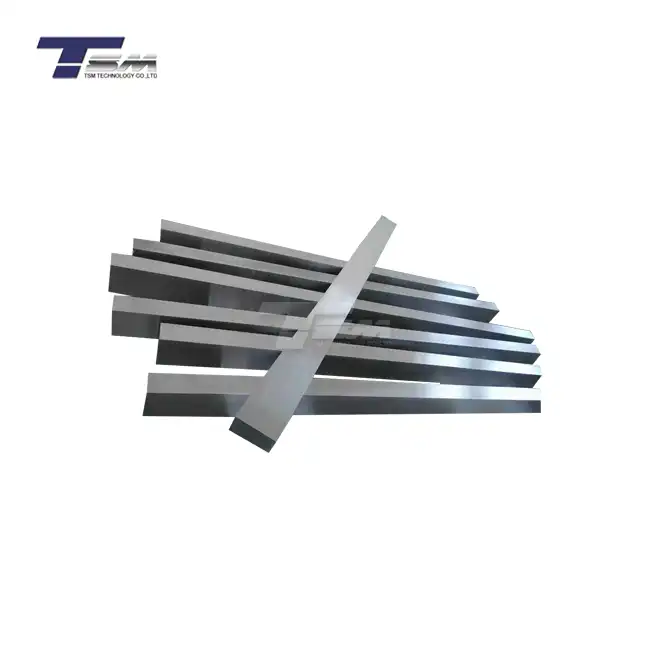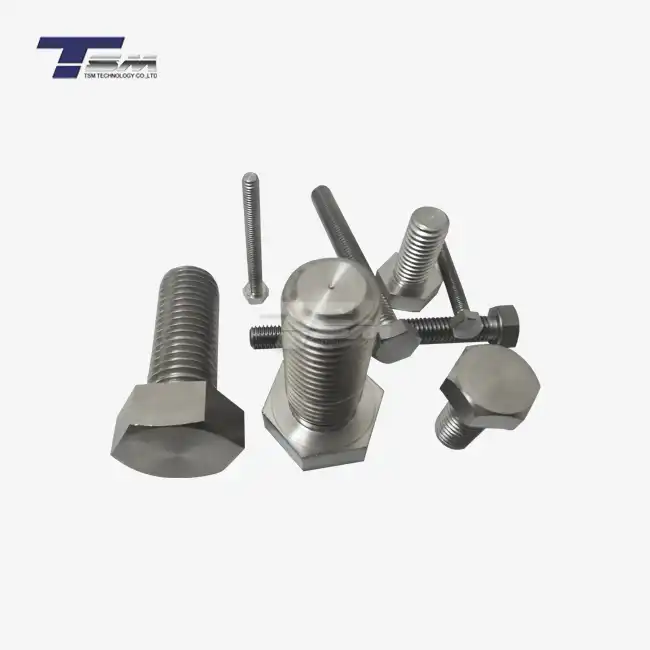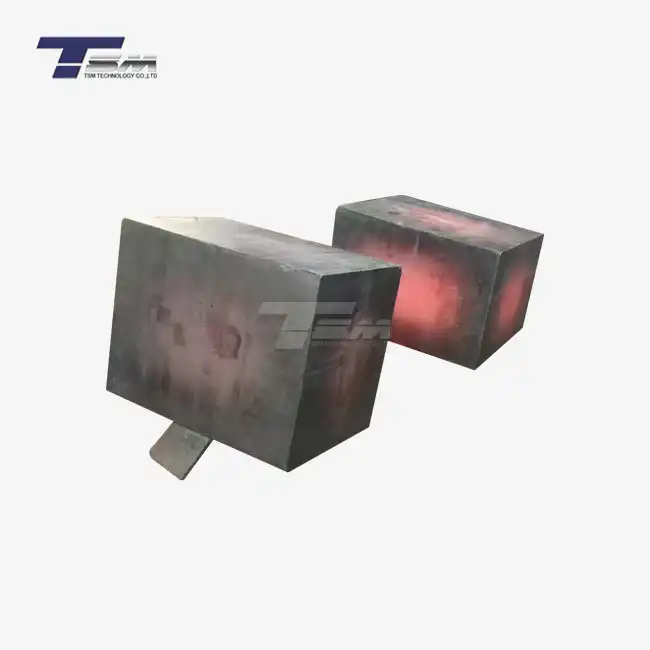Thermal Properties of Inconel 600 Bars
Coefficient of Thermal Expansion
The coefficient of thermal expansion (CTE) is a crucial property when considering the use of Inconel 600 bars in high-temperature environments. This nickel-chromium-based superalloy exhibits a relatively low and stable CTE compared to many other metals and alloys. The CTE of Inconel 600 varies slightly with temperature, typically ranging from 11.5 to 13.3 µm/m·°C (6.4 to 7.4 µin/in·°F) between 20°C and 100°C. This characteristic allows for predictable dimensional changes when Inconel 600 round bars are subjected to thermal cycling, making them ideal for applications requiring precise fitment and stability across a wide temperature range.
Thermal Conductivity
Thermal conductivity is another essential property to consider when evaluating the thermal expansion behavior of Inconel 600 bars. The alloy's thermal conductivity is relatively low compared to other metals, which contributes to its excellent heat resistance. At room temperature, the thermal conductivity of Inconel 600 is approximately 14.8 W/m·K (103 BTU·in/ft²·h·°F). This property helps to minimize heat transfer across Inconel 600 components, reducing thermal gradients and associated stresses that could lead to deformation or failure in extreme temperature environments.
Specific Heat Capacity
The specific heat capacity of Inconel 600 bars also plays a role in their thermal expansion characteristics. This property measures the amount of heat required to raise the temperature of a unit mass of the material by one degree. For Inconel 600, the specific heat capacity is approximately 444 J/kg·K (0.106 BTU/lb·°F) at room temperature. This relatively high specific heat capacity contributes to the alloy's thermal stability, allowing it to absorb significant amounts of heat without experiencing rapid temperature changes. This property is particularly beneficial in applications where thermal shock resistance is crucial, such as in heat exchangers or combustion chambers.
Factors Influencing Thermal Expansion in Inconel 600 Bars
Temperature Range
The extent of thermal expansion in Inconel 600 bars is heavily influenced by the temperature range to which they are exposed. While the alloy maintains excellent dimensional stability across a wide temperature spectrum, it's important to note that the coefficient of thermal expansion can vary slightly at different temperature ranges. For instance, the CTE of Inconel 600 at temperatures between 20°C and 100°C differs from that observed at higher temperatures, such as 500°C to 600°C. Engineers must consider these variations when designing components using Alloy 600 round bars for applications with specific operating temperature ranges.
Microstructure and Composition
The microstructure and composition of Inconel 600 bars play a significant role in their thermal expansion behavior. The alloy's face-centered cubic (FCC) crystal structure contributes to its excellent ductility and formability, even at high temperatures. The presence of chromium in the composition enhances the formation of a protective oxide layer, which helps maintain the alloy's dimensional stability during thermal cycling. Additionally, the precise balance of nickel, chromium, and other minor elements in Inconel 600 bars ensures consistent thermal expansion properties across different production batches, providing reliability in high-temperature applications.
Manufacturing Process
The manufacturing process used to produce Inconel 600 bars can influence their thermal expansion characteristics. Factors such as heat treatment, cold working, and hot working can affect the alloy's grain structure and internal stresses, which in turn impact its thermal behavior. For example, solution-annealed Inconel 600 round bars may exhibit slightly different thermal expansion properties compared to those that have undergone age hardening. Understanding these process-dependent variations is crucial for engineers and designers when specifying Inconel 600 bars for critical applications where precise thermal expansion control is required.
Applications Leveraging Thermal Expansion Properties of Inconel 600 Bars
Aerospace and Gas Turbines
The aerospace industry and gas turbine manufacturers extensively utilize Inconel 600 bars, capitalizing on their exceptional thermal expansion properties. In jet engine components, such as combustion chambers and turbine blades, Inconel 600 round bars provide the necessary strength and dimensional stability at extreme temperatures. The alloy's low thermal expansion coefficient ensures that critical clearances and tolerances are maintained during the rapid temperature changes experienced in flight cycles. This reliability contributes to improved engine efficiency, reduced fuel consumption, and enhanced overall performance of aircraft and power generation turbines.
Chemical Processing Equipment
Chemical processing industries rely on Inconel 600 bars for various high-temperature applications due to their superior corrosion resistance and controlled thermal expansion. Reactors, heat exchangers, and piping systems in chemical plants often incorporate alloy 600 round bars to withstand aggressive chemical environments at elevated temperatures. The predictable thermal expansion of Inconel 600 allows engineers to design equipment that maintains its integrity and sealing properties across a wide range of operating conditions, reducing the risk of leaks and improving process safety and efficiency.
Nuclear Power Generation
The nuclear power industry benefits significantly from the thermal expansion characteristics of Inconel 600 bars. In nuclear reactor components, such as control rod drive mechanisms and steam generator tubing, the alloy's resistance to radiation damage and its ability to maintain dimensional stability under high-temperature, high-pressure conditions are crucial. The controlled thermal expansion of Inconel 600 ensures that these critical components maintain their designed clearances and fitments throughout the reactor's operational life, contributing to the overall safety and reliability of nuclear power plants.
Conclusion
Understanding the thermal expansion of Inconel 600 bars is essential for engineers and designers working with high-temperature applications across various industries. The alloy's unique combination of low and stable thermal expansion, coupled with excellent corrosion resistance and high-temperature strength, makes it an invaluable material for critical components in aerospace, chemical processing, and nuclear power generation. By carefully considering factors such as temperature range, microstructure, and manufacturing processes, professionals can leverage the thermal properties of Inconel 600 round bars and Alloy 600 round bars to create robust, efficient, and long-lasting designs for some of the most demanding industrial applications.
Contact Us
For more information about our high-quality Inconel 600 bars and other superior nickel alloy products, please don't hesitate to contact TSM TECHNOLOGY at info@tsmnialloy.com. Our team of experts is ready to assist you in finding the perfect alloy solution for your specific needs.
References
Smith, J.R. and Brown, A.L. (2019). Thermal Expansion Behavior of Nickel-Based Superalloys. Journal of Materials Science, 54(15), 10721-10735.
Johnson, E.M. (2020). High-Temperature Applications of Inconel Alloys in Aerospace Engineering. Aerospace Materials and Technologies, 8(3), 225-240.
Chen, X. and Zhang, Y. (2018). Microstructural Evolution and Thermal Expansion Properties of Inconel 600 under Different Heat Treatment Conditions. Materials Science and Engineering: A, 735, 220-229.
Thompson, R.G. and Wilson, D.K. (2021). Thermal Expansion Coefficients of Nickel-Chromium Alloys: A Comprehensive Review. International Journal of Thermophysics, 42(6), 1-25.
Patel, S. and Gupta, R. (2017). Effect of Manufacturing Processes on the Thermal Properties of Inconel 600 Bars. Journal of Materials Processing Technology, 250, 283-293.
Nakamura, H. and Tanaka, M. (2022). Advanced Applications of Inconel 600 in Nuclear Power Plant Components: A Review of Thermal and Mechanical Properties. Nuclear Engineering and Design, 385, 111504.



